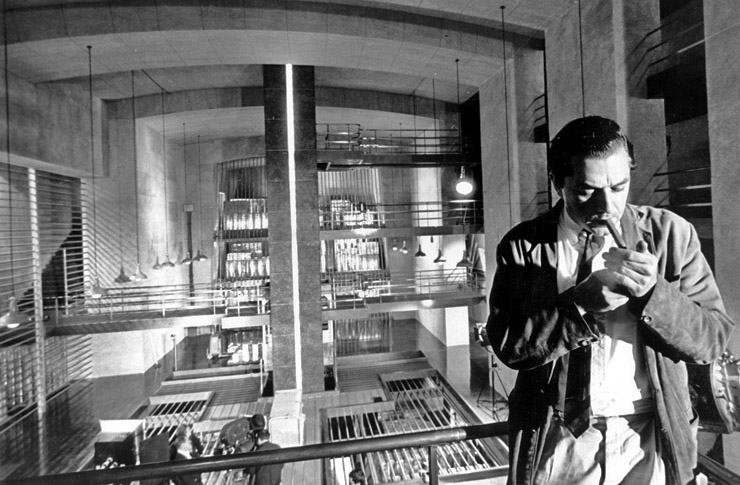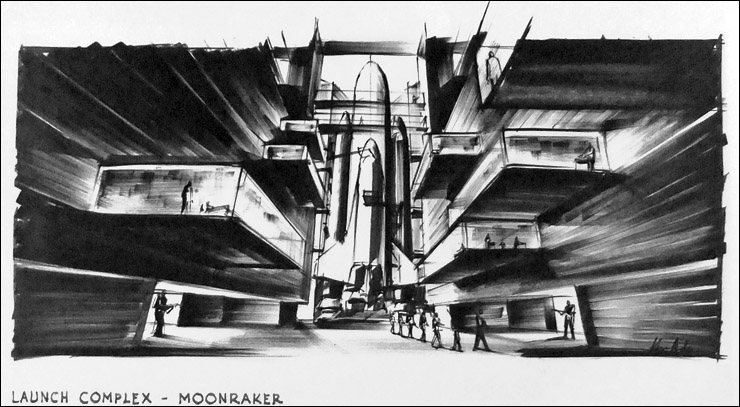JAMES BOND NEWS |
||
|
||
JAMES BOND NEWS |
||
|
||
|
||||
|
Saturday 9
September, 10.30-17.15 |
||||
|
||||
|
Sir Ken Adam (1921 – 2016)
Ken Adam is regarded as one of the most important Production Designers of the 20th century. Adam was born in Berlin and his family fled Hitler’s regime in the 1930s. After serving in the RAF during the Second World War, he became involved in production design in 1948, getting his first Art Director credit on Around the World in Eighty Days (1956). Since then, Adam designed 75 films, creating the bold and revolutionary designs for seven James Bond films (Dr. No, Goldfinger, Thunderball, You Only Live Twice, Diamonds Are Forever, The Spy Who Loved Me and Moonraker) as well as the startling ‘War Room’ in Stanley Kubrick’s Dr. Strangelove (1963), described by Stephen Spielberg as ‘the best movie set ever built’. Adam was the first production designer to be knighted in 2003. Adam’s biographer and close friend, Christopher Frayling, has written:
Design for Bond Dr. No (1962) introduced Sean Connery as Bond and the production design as ‘heightened sense of reality’ which would shape the look of the Bond film for the next decade.
|
||||
|
||||
|
Adam was central to the success of the Bond films and designed not only the sets but many of the vehicles and gadgets, now synonymous with the Bond franchise. For Bond’s car, the Aston Martin DB5, Adam created the ‘extras’ such as the reinforced bumpers, a gun in a hidden compartment and one of the most famous Bond moments – the ejector seat. One of Adam’s most memorable set-pieces was for Goldfinger (1964) - the interior of Fort-Knox in the United States.
|
||||
 |
||||
|
Adam’s final film for the Bond franchise was Moonraker (1979). For research into the space shuttle, Adam spent time at NASA with scientists developing the shuttle programme.
|
||||
 |
||||
|
The V&A Museum will celebrate Adam’s extraordinary contribution to the art of production design on Saturday 9 September. Speakers include Christopher Frayling, Ian Christie, Jane Barnwell and Matthew Sweet. Film director Nicholas Hynter will recall working with Adam on the film version of The Madness of King George (1994) for which Adam won his second Oscar (the first was for Kubrick’s Barry Lyndon in 1975). |
||||
|
|